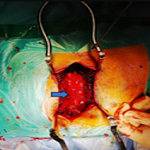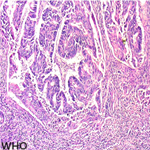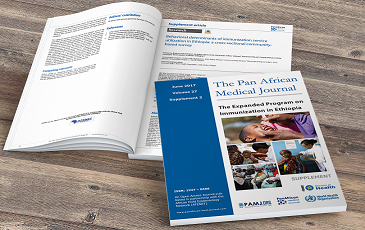Hyperpigmented mycosis fungoides: a rare variant
Meryem Soughi1,&, Fatima Zahra Mernissi1
1CHU HAssan 2, Fes, Morocco
&Corresponding author
Meryem Soughi, CHU HAssan 2, Fes, Morocco
Mycosis fungoides (MF) is the most common type of cutaneous T-cell lymphoma. The diagnosis of classic MF is based on a combination of clinical presentation, histopathology, immunohistochemistry, and T-cell monoclonality detected by molecular studies. However, the diagnosis can be difficult in some cases. We report a case of hyperpigmented mycosis fungoides. A 60-year-old woman, phototype IV, presented for more than 4 years a history of asymptomatic hyperpigmented non- infiltrated plaques on the face. Cutaneous lupus was diagnosed based on a skin biopsy. Hydroxychloroquine and photoprotection was started. Considering non improvement, another biopsy was done, in favor of a mycosis fungoides CD3+, CD4+, CD8-. The diagnostic of hyper pigmented mycosis fungoides stage I was retained and topical steroid was introduced. Mycosis fungoides can appear in various clinical forms, the hyperpigmented form is rare but this diagnosis should be evoked.
Figure 1: pigmented plaques of the nasolabial fold and the chin












